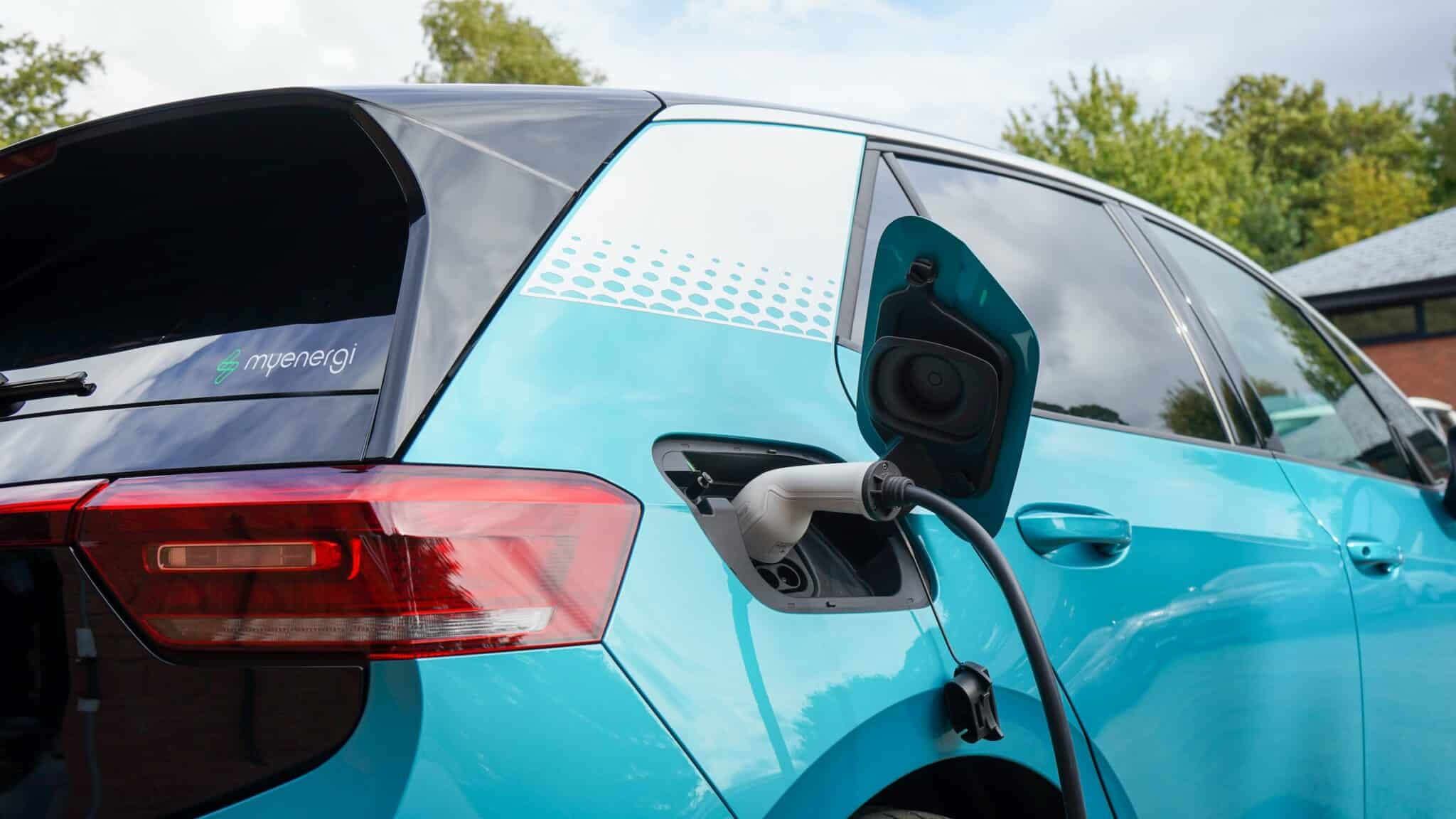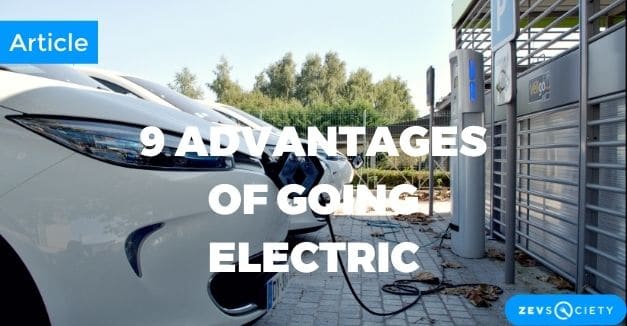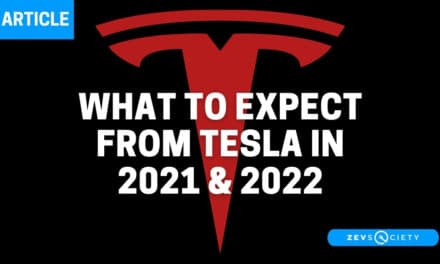Peak Shaving and Load Shifting: What Do These Terms Mean?
Have you ever wondered what the terms “peak shaving” and “load shifting” mean? If so, you’re not alone. As an electric car vehicle owner, you may be looking for ways to decrease your environmental impact and take advantage of lower charging rates to increase the efficiency and range of your car.
These terms can be confusing, even for those who work in the energy industry. But never fear—we’re here to help clear things up. Read on to learn more about peak shaving and load shifting and how these concepts can save you money on energy bills.
What is Peak Shaving?
Peak shaving is the process of reducing your energy usage during periods of high demand. This helps to avoid spikes in your energy bill that can occur when everyone is using energy at the same time (think hot summer days when everyone’s cranking their air conditioners).
To do this, the idea is to switch off equipment that may use high energy and add local sources of energy to help equal out this in-demand peak of energy. For a smart charging station, this may mean using electricity from the grid and stored energy when charging cars during peak hours.
While the exact feature is not available just yet, Vehicle-To-Home is a great way to shave peak demand from your home’s power grid. While it’s not widely available yet, it will be a game-changer once more EV owners can access it.
What Is Load Shifting?
Load shifting, on the other hand, is the act of moving your energy usage to a different time period when demand (and, therefore, prices) is lower. This can be done in a number of ways, but one common method is to charge your car during off-peak hours when the price for electricity is lower because the demand is lower. For example, if the price of charging your car is lowest during the night, you can set your car to charge then and have a full battery for the next day.
Not only does this save you money on your energy bills, but it also helps to even out the demand on the power grid by reducing the strain during peak hours.
Load Shifting vs. Peak Shaving: What’s the Difference?
Load shifting and peak shaving are often used interchangeably, but there is a difference between the two concepts. While peak shaving reduces your energy usage during periods of high demand, load shifting actually changes when you use electricity altogether.
Wrapping It Up
Now that we’ve cleared up what peak shaving and load shedding are all about, it’s time to put these concepts into practice! Reducing your energy usage during periods of high demand (peaking shaving) or changing when you use electricity altogether (load shedding) can help reduce wear and tear on equipment, manage resources more efficiently, and save you money on your energy bills—so it’s definitely worth doing if you can swing it. Remember, your power company may offer special off-peak rates that make load shedding even more advantageous.










